Spider orchid cultivation methods and precautions
Last Update :2024.05.07
Article Catalog
3. Problem diagnosis and treatment
Substrate: Use fertile, well-drained flower soil for planting. Potted plants generally use nutrient soil prepared from garden soil, leaf mold soil, and sandy soil. Light: It can be raised in a warm place with sufficient sunshine in spring and moved to a shady place in summer. Temperature: Keep it above 15℃ in winter. Avoid frostbite after potted plants are moved indoors in winter. Moisture: Sufficient water should be provided in summer, watering should be sparing in winter, and water accumulation is prohibited, otherwise roots will rot.
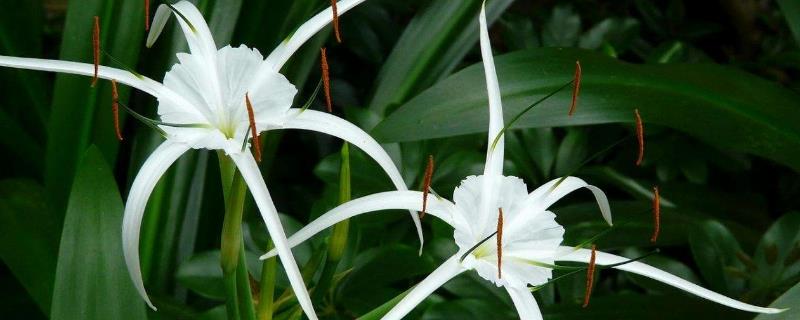
1. Maintenance methods
1. Maintenance method
1. Substrate selection: The soil should be fertile, moist, and have good drainage. For potted plants, garden soil, leaf mold soil, and sand can be used. In addition, Chicken manure can be used as base fertilizer.
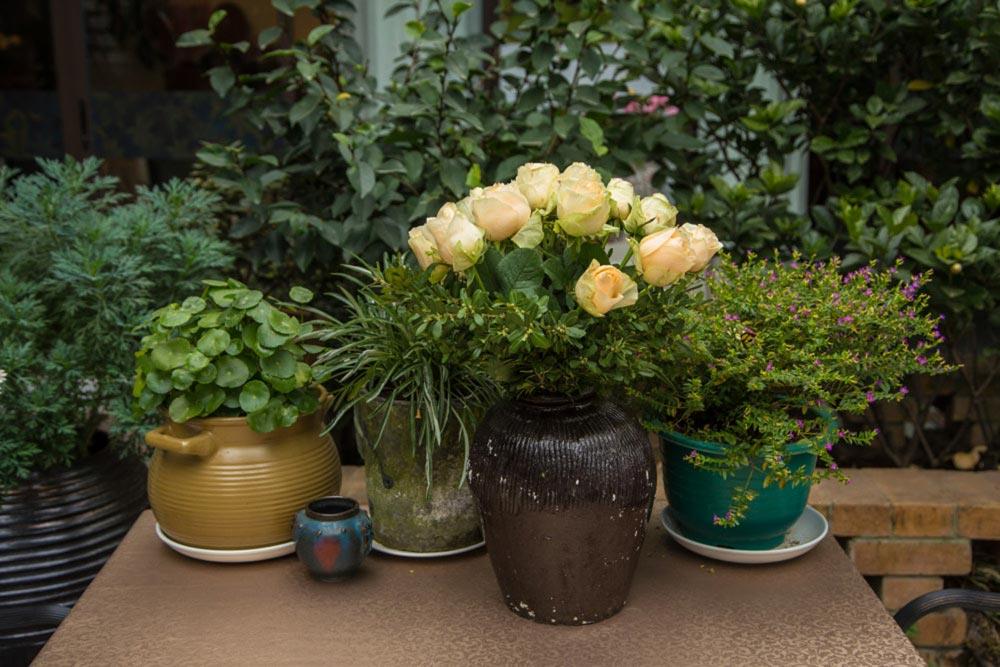
2. Light management: June and July in summer Move to a cool place and maintain 50% light transmittance. For ground planting, fresh stems can be placed in a warm place with sufficient sunlight in April to encourage root activity. Plants planted in May should be planted in a sunny place.
3. Temperature management: In winter, it should be kept above 15°C. After moving indoors in winter, there should be better light. In winter, pseudobulbs should be stored indoors at a temperature of about 17-20°C.
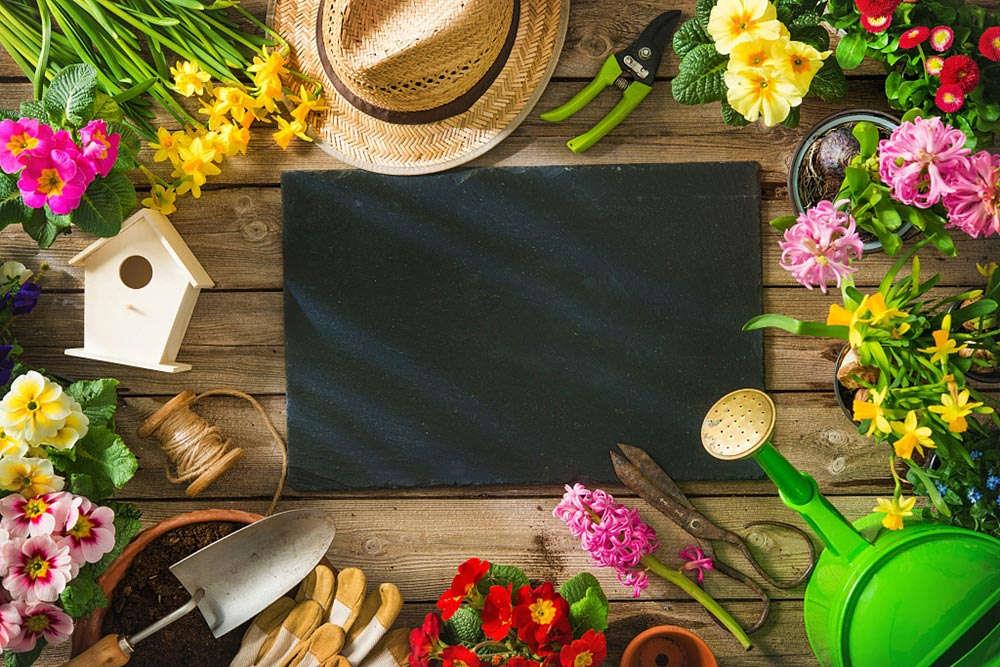
4. Water management: sufficient water should be provided in summer to maintain Keep the soil moist and don't let the soil get too dry. It doesn't like a wet environment. During the rainy season, the accumulated water or rain in the basin should be drained. In winter, you need to water sparingly, and the pot soil should be kept relatively dry. Low temperature and high humidity can easily cause the stems and leaves to rot.
2. Breeding skills
1. Division: Take the plant out of the pot in April, peel off the pods next to the mother plant and plant them. Then just wait for the roots to take root. Just sprout.
2. Overwintering: When breeding in winter, you need to find a place with sufficient sunlight so that it can get more sun, and control the amount of watering.

3. Problem diagnosis and treatment
1 2. Root rot: Excessive watering will cause root rot. The amount of water should be controlled and the soil should be kept moist. It is also necessary to hold the pot as soon as possible and cut off the rotten roots.
2. Leaf spot disease: When leaf spot disease is discovered, the diseased leaves should be destroyed immediately to prevent infection of normal leaves. In severe cases, it can also be sprayed with mancozeb wettable powder.
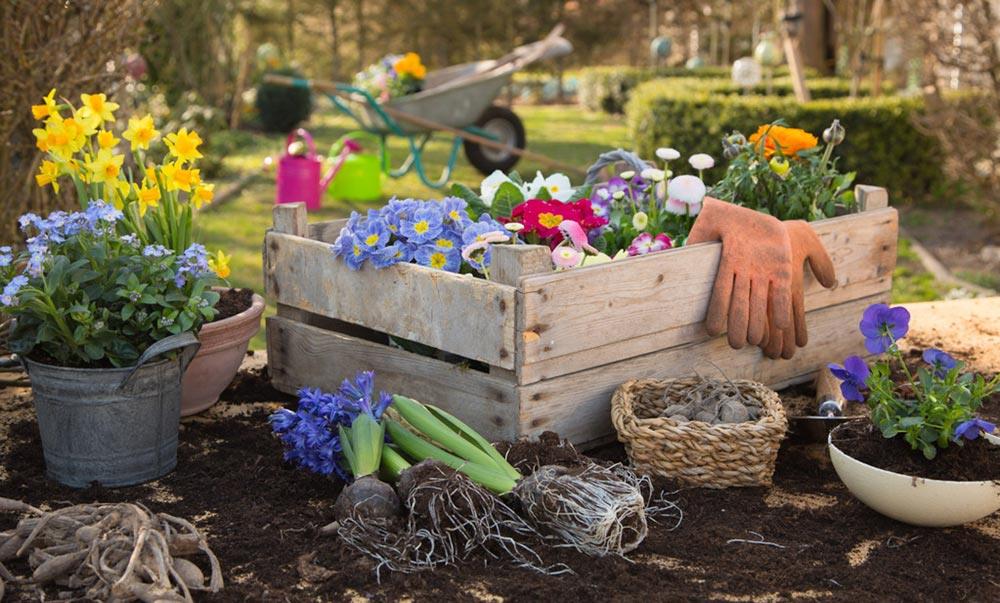
IV. Other questions
1 2. Is it toxic? Its bulb parts are toxic to a certain extent, but as long as you don’t eat them, you won’t be poisoned.
2. Can it be grown at home: It is very suitable for potted plants at home and can be used as an ornamental. It is not difficult to maintain and has a very good decorative effect.
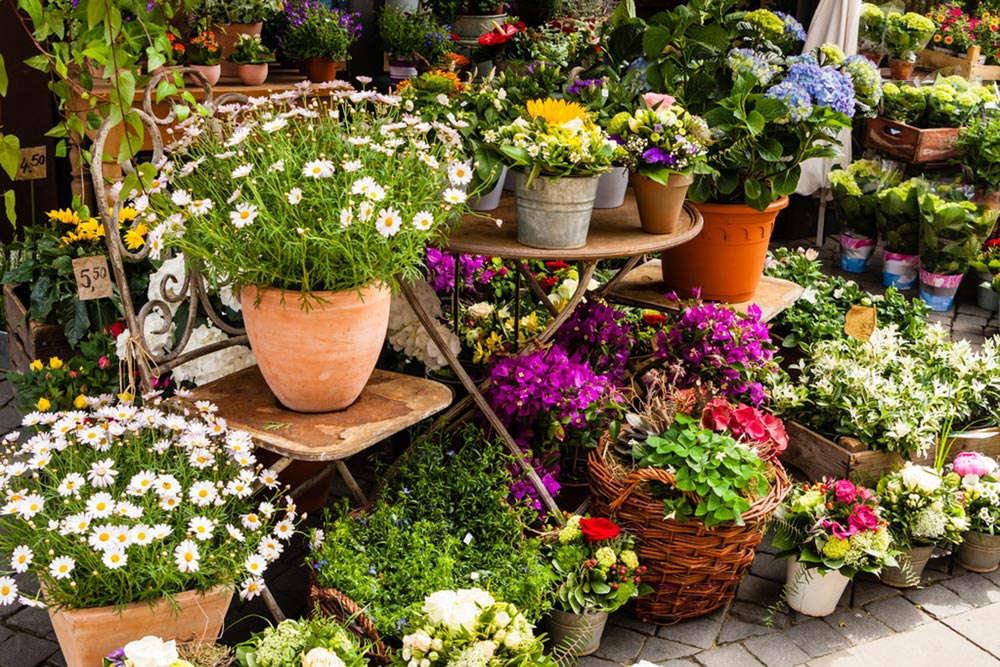
2. Breeding skills
3. Problem diagnosis and treatment
4. Other issues
- END -
Cultivation methods and precautions for C. alba

Soil: Alternaria prefers soil with good air permeability, looseness and good drain...
How to propagate elm trees? Can they be propagated by seeds?

Potted elm trees can be propagated by cuttings and grafting. Cuttings can be made ...